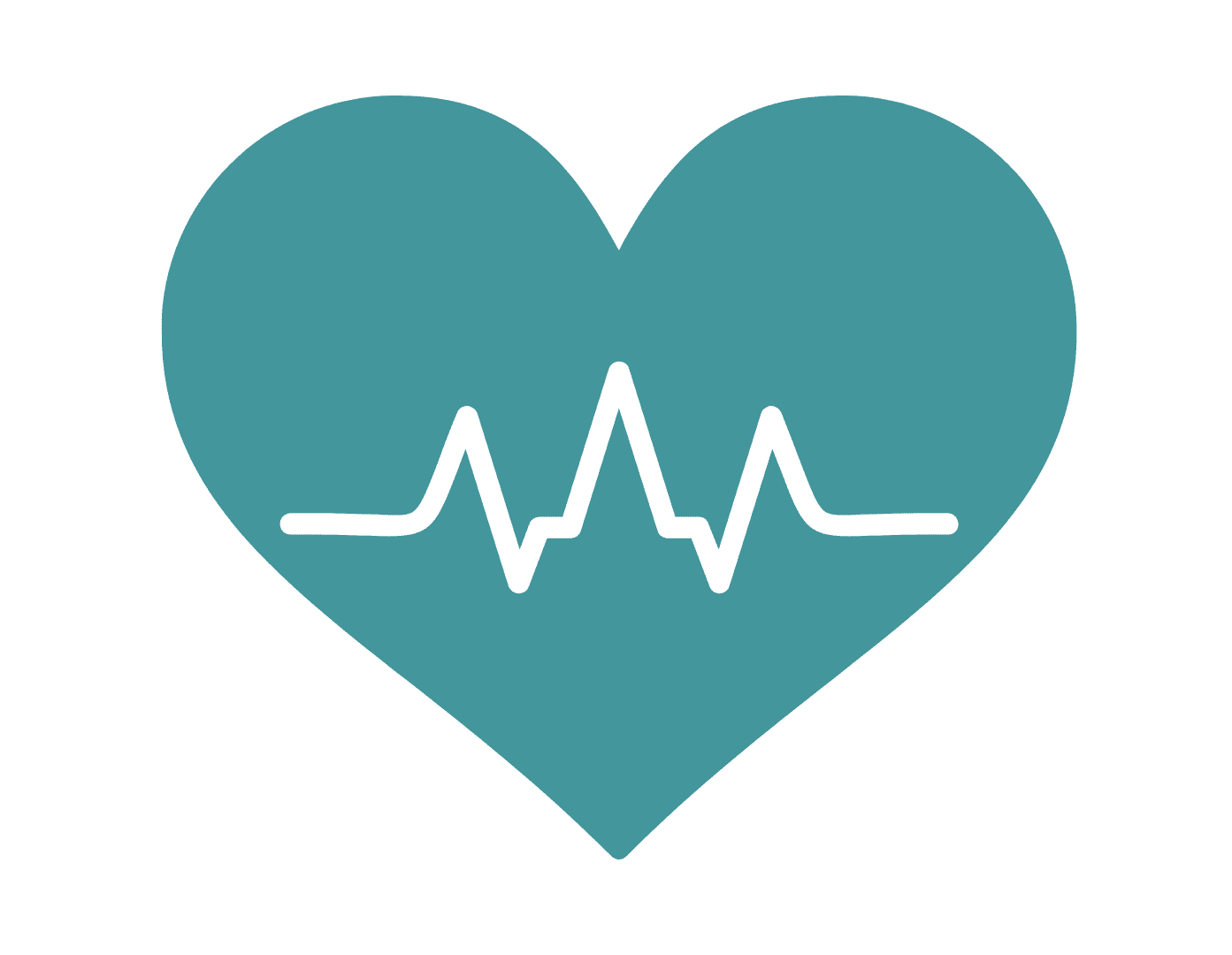How to Get Medical Marijuana in Pennsylvania
There are four steps to participate in the program.
There are four steps to participate in the program.
Patients must have a valid PA Driver’s License or state ID and an email address to register.
Our compassionate and caring office offers assistance with registration when you make an appointment with us.
Book online or call us at 484-320-6550 to set up your appointment to be evaluated by our expert medical marijuana doctor
If you are suffering from Anxiety, Panic Disorder or Post Traumatic Stress Disorder but has no records, call us and we’ll help you get evaluated to establish a qualifying medical condition.
Once you are certified, you can pay the state for your medical marijuana card.
If you need assistance ordering your card, call us and we’ll be happy to assist you.
You may visit any dispensary in the state to purchase medical marijuana once you receive your card.

Compassionate Care Consultants


$25 discount for prepay Additional $25 off for veterans Money-Back Guarantee if you do not qualify

Accepting patients certified from other practice Medical Marijuana Certification Renewal

No official diagnosis or lost your records? We can help!

Book an appointment for your medical marijuana evaluation.
All consultations are online (Telemedicine).
Medical marijuana was legalized by Governor Wolf on April 2016.
Medical marijuana is available for certified patients at approved dispensaries across the state.
Patients with serious medical condition who are certified by a registered medical marijuana provider can access medical marijuana at state approved dispensaries.
No. You need to be a resident of Pennsylvania in order to be part of the program.
Click on this link and register as a patient Pennsylvania Medical Marijuana Program.
Registration is free of charge.
We accept Cash App, Venmo, Paypal, debit and credit cards.
All patients looking to be certified for medical cannabis are required to register on the state website. You will be assigned with a unique patient number that your medical marijuana doctor will be needing on your appointment to certify you.
Unfortunately, at the current time, insurance companies do not cover the medical marijuana certification.
Compassionate Care Consultants are Pennsylvania medical marijuana doctors located all over Pennsylvania that can help you get your medical marijuana card in Pennsylvania. We have locations throughout the state. Read on to learn about how to get a medical marijuana card in Pennsylvania, or feel free to contact us.

In any state where a medical marijuana card is legal, the first step is your medical marijuana card online application. Compassionate Care Consultants can help you with the Pennsylvania medical marijuana card online application process, just follow these steps:
Next, Compassionate Care Consultants will evaluate your records to see if you have a qualifying medical condition for a medical marijuana card. If so, the following step is to pay the state for your card, which you will do annually.
You’ll need to ensure that your address on file with the state is where you want your card to be sent. It should arrive in 7-10 business days. You are allowed to designate a caregiver who can use your medical marijuana card to purchase the medicine for you at a medical marijuana dispensary. Then, your only question is where to find your future favorite medical marijuana dispensary Pennsylvania.
Time flies, especially for those with an upcoming renewal deadline for their medical marijuana certification in Pennsylvania. That’s why it’s critical to reach out to your approved provider for an appointment. Many, including Compassionate Care Consultants, allow these consultations to be done via telemedicine and virtual video-call appointments. Doctors will discuss your medical history since your last visit and any changes that may need to be made to your certification. Once you’re approved, all that’s left to do is pay for your card on the commonwealth’s online portal. Within a week to 10 days, you’ll have your new card and be ready to shop as usual. It’s just that simple!
Copyright © 2024 Medical Marijuana Doctor - MMJ Doctor Near Me
Site by CannaPlanners